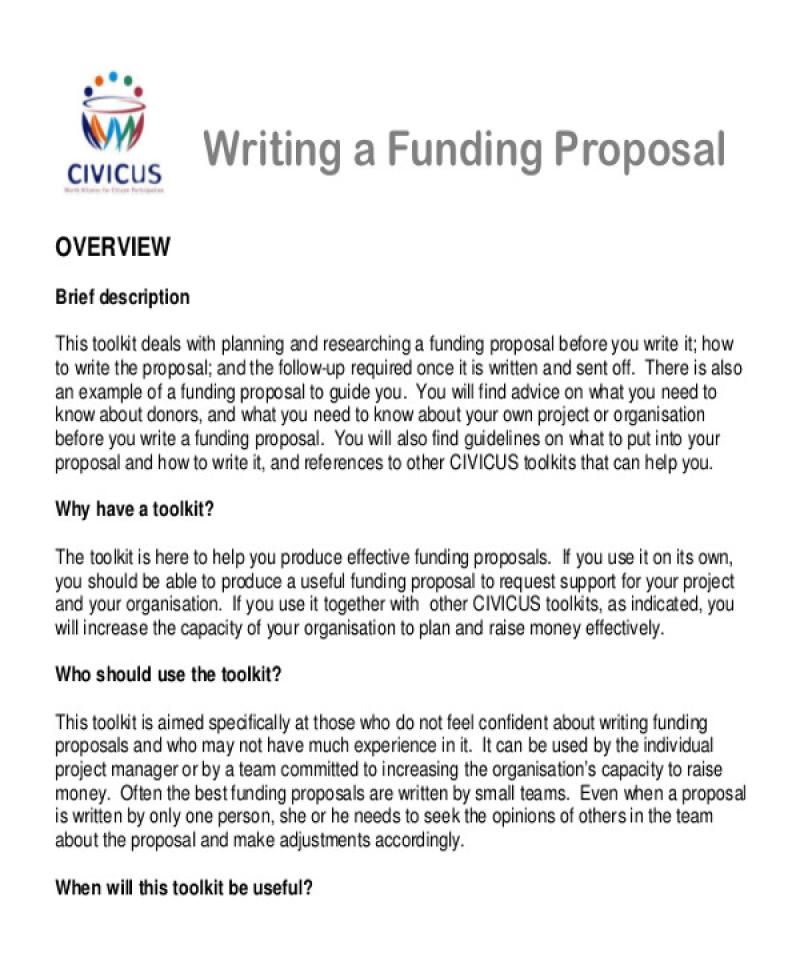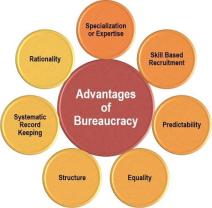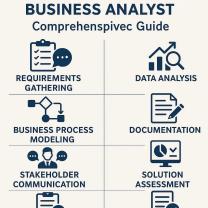How to write proposal letter for project?
Writing a project proposal letter involves outlining your project in a clear and persuasive manner. Here's a step-by-step guide:
Introduction:
- Start with a formal salutation addressing the recipient.
- Introduce yourself or your organization.
- Provide a brief overview of the purpose of the letter.
Background and Context:
- Describe the current situation or problem that your project aims to address.
- Provide context and background information that supports the need for the project.
Project Objectives:
- Clearly state the objectives and goals of the project.
- Outline what you aim to achieve and how it aligns with the needs identified.
Project Plan:
- Detail the methodology, approach, or strategies you will employ to achieve the objectives.
- Break down the project into key components, outlining tasks, timelines, and responsibilities.
Resources and Budget:
- Mention the resources required (financial, human resources, materials, etc.) to execute the project.
- Provide a budget breakdown if possible, indicating costs and funding sources.
Benefits and Impact:
- Explain the expected outcomes and benefits of the project.
- Highlight the positive impact on stakeholders or the community.
Conclusion:
- Summarize key points and reiterate the significance of the project.
- Encourage further discussion or express willingness to provide additional information if needed.
Closing:
- Use a polite and professional closing, such as "Sincerely" or "Best Regards."
- Include your contact information for any queries or follow-ups.
Tips:
- Keep it concise and focused, ideally within one to two pages.
- Use clear and persuasive language, avoiding jargon or overly technical terms if the audience might not be familiar with them.
- Tailor the proposal to the interests and needs of the recipient.
- Proofread carefully to ensure accuracy and professionalism.
Remember, a well-written project proposal letter should provide a comprehensive overview of your project while engaging the reader and convincing them of the project's importance and feasibility.
How to compose a proposal letter specifically tailored for a project?
Composing a Proposal Letter Tailored to a Project
A well-crafted proposal letter is crucial for securing project funding or approval. Here's how to compose one specifically tailored to a project:
1. Understand the Project:
- Gather information: Thoroughly research the project, its goals, timeline, budget, and target audience. Identify the project's key stakeholders and their expectations.
- Analyze the RFP (if any): Request for Proposal documents often outline specific requirements, deliverables, and evaluation criteria. Ensure your proposal addresses each point clearly and convincingly.
2. Highlight Your Strengths:
- Identify relevant skills and experience: Demonstrate how your expertise and previous work align with the project's needs. Use specific examples and quantifiable achievements to showcase your capabilities.
- Team expertise: If you have a team, introduce its members and emphasize their individual strengths and contributions to the project.
3. Outline Your Approach:
- Develop a clear and concise plan: Explain your proposed methodology, timeline, and deliverables in detail. Break down the process into manageable stages with defined milestones.
- Address specific requirements: If an RFP exists, ensure your approach directly addresses each requirement and demonstrates your understanding of the project's demands.
- Innovation and creativity: Consider proposing unique solutions or innovative approaches that set your proposal apart from competitors.
4. Demonstrate Value:
- Quantify the benefits: Clearly articulate the value you will deliver to the project. Quantify your estimates whenever possible, highlighting potential cost savings, time efficiency, or increased impact.
- Focus on stakeholder needs: Tailor your message to address the specific needs and concerns of each stakeholder. Demonstrate how your proposed solution directly benefits them.
5. Communicate Effectively:
- Professional and concise writing: Use clear, concise, and professional language. Avoid jargon and technical terms that your audience may not understand.
- Visually appealing format: Pay attention to the format and presentation of your proposal. Use bullet points, charts, and visuals to enhance readability and impact.
- Proofread meticulously: Ensure your proposal is free of grammatical errors, typos, and formatting inconsistencies.
6. Include the Essentials:
- Introductory paragraph: Briefly introduce yourself, your team, and your interest in the project.
- Project understanding: Demonstrate your thorough understanding of the project's goals and requirements.
- Proposed approach: Clearly outline your methodology, timeline, and deliverables.
- Qualifications and experience: Highlight your relevant skills, experience, and achievements.
- Value proposition: Clearly articulate the benefits you offer and the value you will deliver to the project.
- Call to action: Clearly state your desired outcome, whether it's funding, approval, or further discussion.
- Contact information: Provide easy-to-find contact information for follow-up communication.
Tailoring Tips:
- Customize your approach: Don't use a generic template. Adapt your language, tone, and content to match the specific project and its audience.
- Focus on what matters: Highlight the aspects of your proposal that offer the most value and address the specific needs of the project.
- Be concise and focused: Avoid unnecessary details and keep your proposal clear, concise, and easy to follow.
By following these tips and tailoring your proposal to the specific project, you can increase your chances of success and secure the funding or approval you need.













